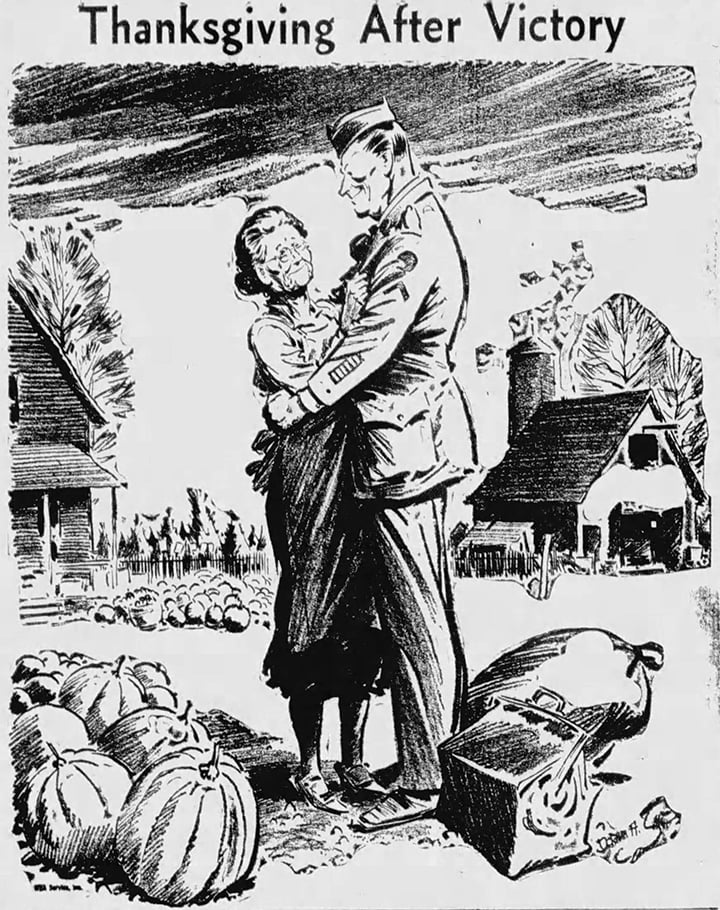Arguably Kentucky’s most popular gamefish, the Largemouth Bass (Micropterus salmoides) is an early season favorite with anglers, in part because of its abundance and distribution across the state.
Largemouth Bass thrive in farm ponds, small lakes, natural lakes and sloughs, and slow-moving rivers throughout the state. But the largest populations are found in Kentucky’s major lakes, 20 of which have fisheries rated good to excellent.

Notoriously voracious, Largemouth Bass feed on the widest variety of prey of all the most common species of black bass. This includes minnows and shiners, aquatic and terrestrial insects, small sunfish, snails, crayfish, frogs, snakes, and salamanders.
Because of this varied diet, there are a wide range of artificial lures that are effective on spring bass.
Here are some spring fishing observations and lure recommendations:
• The best bass fishing typically begins as soon as older female bass move up, into the shoreline shallows in early spring. This pre-spawn bite, and subsequent spawning, starts around the time of the first full moon after water temperatures warm up past 55 degrees F.
• Nest building begins when water temperatures approach 65 degrees F, but the lengthening of days is an equally important factor in triggering the spawn. In Kentucky’s large reservoirs the bass spawn begins in April and usually extends into mid-to-late May.
• Males go on feeding sprees after parental duties are concluded. While guarding the nest, a male bass may go for ten days without eating. That’s the main reason why post-spawn fishing can be excellent.
Soft Plastics
Many anglers consider soft plastic baits a top lure choice for Largemouth Bass in the spring.
There are several rigging options for these versatile lures, enabling them to be fished in a wide range of cover types and bottom contours.

Three of the most popular rigging options are fishing soft plastic as a trailer on a jig, Texas-rigged with a worm hook and bullet weight, or Carolina-rigged, with a sinker, bead, swivel, leader and worm hook.
For professional tournament angler Kaoru O’Bryan, who grew up in Louisville and has been fishing bass tournaments since 1986, Kentucky Lake is one of his favorite lakes to fish in the spring.
His go-to plastic bait is a Hedge Hog, made by the Bassreaper Bait Company.
The Hedge Hog, with its hybrid design between a worm and a creature bait, is available is six color combinations.
Last spring he boated a 7-pound, 14-ounce Largemouth Bass at Kentucky Lake, fishing a green pumpkin-colored Hedge Hog, rigged on a Daiichi 4/0 hook and First Contact 1/4-ounce tungsten weight.
Spinnerbaits
Warm rains turn on spring bass when runoff washes in food and the plume of colored water, which offers bass the security to move up shallow to feed.
That’s when the spinnerbait is at its best.
In stained water bass home in the pulse of the blades, and the spinnerbait’s skirt provides some enticing action.
But the main reason why the spinnerbait is so effective, is that it can be fished in so many ways.
Practically weedless, the spinnerbait can be retrieved around standing timber, through gaps in weed beds and along the edge of floating wood debris, retrieved just below the surface. In shallow water, fish 1/4 or 3/8-ounce spinnerbaits, tipped with curly-tail grub.
Another popular spinnerbait technique in the spring is slow-rolling. This presentation works well when bass are holding on the edges of creek channels. By raising or lowering the rod tip, the spinner bait can be worked down from shallow water to deeper water along the bottom contour.
In Kentucky waters, a good color choice is a spinnerbait with a white/chartreuse body and skirt, nickel Colorado blade and gold-colored (brass) willowleaf blade.

Floating a Worm
As water temperatures climb into the 60s, the bass spawn begins. Bass in great numbers come up shallow and are cruising the banks. That’s when floating a worm is very effective.
Plastic worms can be Texas-rigged with no weight so that they dart and plane while slowly sinking, but there’s a better option.
Try rigging wacky-style, by hooking a seven-inch straight worm on a 2/0 worm hook, with the barb of the hook buried in the center of the worm.
Borrow a trick from fly tying and wrap the hook shank with soft lead wire, so it sinks faster. The added weight does a crazy thing to the buoyant worm — makes it flutter as it falls.
This life-like action triggers bass to grab the worm and swim off.
Cast to shoreline cover and let the worm sink. When it hits bottom, shake the rod tip, pull the worm up off the bottom, and then let it settle back down to the bottom again. A strike is detected by watching for line movement.
Flat-sided Crankbaits
In the minds of many anglers, the crankbait is a lure that’s fished when bass are in deeper water.
But flat-sided crankbaits can be deadly in the spring when bass are shallow.
These crankbaits are thin, with a square bill, and a tall profile. A tight wiggle combined with the tall profile produces flash and vibration, which is good in stained or muddy spring waters.
Go with bright colors in the spring — chartreuse, silver, or orange.
Flat-sided crankbaits are especially effective when fished through submerged wood cover such as logs, brush, and stumps. Try a stop-and-go retrieve. As the lure “bounces” off objects it will trigger reaction strikes.
Topwater Lures
As water temperatures approach 70 degrees post-spawn, topwater lures become very effective.
Three styles of topwater lures are propeller baits, poppers, and buzzbaits.
• The Rapala Skitter Prop is a floating 1/4-ounce, 2 3/4-inch balsa wood bait, with two No. 3 black nickel treble hooks, and stainless steel propellers, front and rear.
When retrieved on a crank and pause retrieve, the lure sputters like a wounded baitfish. Fished with a snap retrieve, the Skitter Prop dives and rolls, combining the chug of the propellers with an enticing wobble.
• The Bagley Bang O Lure Spintail is another propeller option. This floating/diving balsa wood stick bait has three treble hooks, a lip on the front and a propeller on the rear.
It can be fished to a depth of two to three with a steady retrieve, diving with a wide wobble. With a stop and go, twitch retrieve, it dives a few inches then sputters as it floats up.
• The Rebel Pop-R has been the standard by which all topwater poppers/chuggers have been judged for decades.

The profile and action of the Pop-R make it a favorite of bass anglers everywhere. It can be worked quickly across the surface like a panicked baitfish when bass are actively feeding on the surface, or slowly twitched to mimic a dying baitfish.
The Pop-R is at its best when slowly fished over submerged logs, brush, big rocks or weed beds that are right below the surface, as light fades at the end of the day. Let the lure sit on the surface for a few seconds before starting the retrieve.
The fun of fishing this topwater classic is watching an aggressive bass explode on the lure at the surface, then battling the fish on light spinning tackle.
The 2 1/2-inch Rop R, in the silver and black color combination with a gaping the red mouth and yellow and black eyes, has long been the top choice of anglers. There is an internal rattle, and two sets of treble hooks, one below the body and one at the tail, dressed with white bucktail and red thread.
• The buzzbait is an old-school topwater lure that targets bass in shallow water around wood cover.
Many anglers use the buzzbait as a locator lure, since it’s easy to fish fast and cover a lot of water.

Unlike other topwater baits, buzzbaits sink, but they are relatively weedless if fished properly. The lure is kept on the surface because its blades create lift during the retrieve, while making a “buzzing” sound, and leaving a bubble trail.
Buzzbaits are built on metal-wire frames, with the blade on the short wire arm up top, an r-shaped bend at the front where the line is tied to the lure, and a hook molded into a lead-head on the bottom, longer arm. Most buzzbaits come with a silicone skirt, but some new models enable the attachment of soft plastics — a grub, crawdad or swimbait trailer.
Once the buzzbait is on the surface, slow the retrieve to a steady tempo, then speed it up. Varying the retrieve, or direction of retrieve, often triggers a strike. Since bass swipe at the lure, rather that engulfing it, many anglers attach a “stinger” hook, to hook a fish that strikes short.
If the bait is “out of tune,” and will not track in a straight line, the situation is easily remedied by slightly bending the top arm to one side or the other.
Buzzbaits squeak or squeal as they’re retrieved. The sound is caused by friction as the blade spins around the wire and is part of the lure’s attraction. Bass strike by instinct because their senses are overwhelmed.
Fish dark colors when the sky is overcast, white when the sun is shining. Green/chartreuse is also a popular color. Buzzbaits are available in a range of sizes, typically 1/8 to 3/8-ounce.
Spring is the Largemouth Bass’s finest hour. Don’t miss out on some great fishing, as temperatures moderate, and shoreline trees, shrubs and flowers bloom.





















